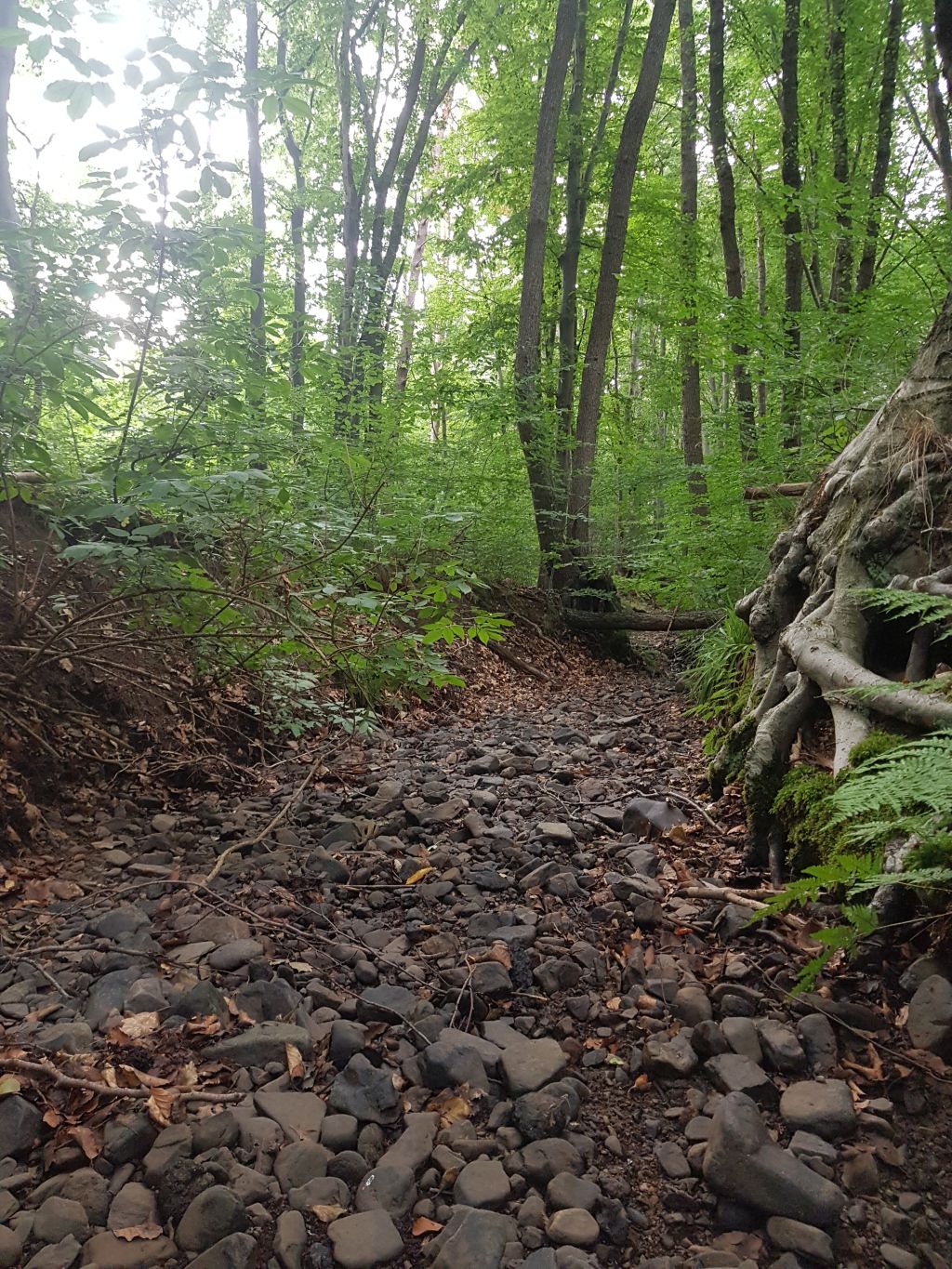Long-term monitoring of biodiversity and ecosystem functioning

Climate change models predict a higher number and duration of extreme events such as heat waves, droughts or exceptional floods increasing the frequency of hydrological disturbances in lotic ecosystems. Moreover, sequential droughts on the last years have caused a widespread forest dieback in catchments such as the Harz Mountains (Germany). While disturbance frequency is a major driver of stream ecosystem structure and function, long-term empirical data on the effects of increasing disturbance frequencies are still rare and have been mostly focused on ecosystem structure (e.g., benthic macroinvertebrates). Hence, we are currently unable to predict if increasing disturbance frequency induced by extreme events affects ecosystem functions such as nutrient uptake and organic matter processing in food webs. This is exacerbated because most lotic ecosystems are already subjected to stressors such as land use changes or chemical pollution. Hence, such drivers may modulate responses or be confounded with climate change. To detect the effects of extreme events on long-term trends under (i) natural disturbance events, (ii) natural seasonal variation, and (iii) chronic stressors (non-event-driven), we need reliable baseline measurements before and after climate-driven extreme events. We aim to quantify the seasonal and long-term variation of whole-stream metabolism, nutrient uptake and benthic secondary production along a gradient of human impacts. We then set this in relation to an increasing disturbance frequency induced by extreme events. This work is part of the MOSES and TERENO initiative.
